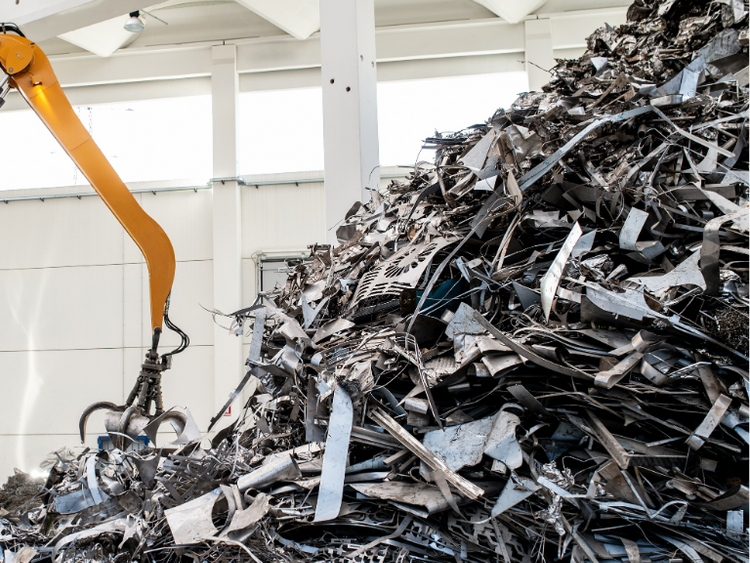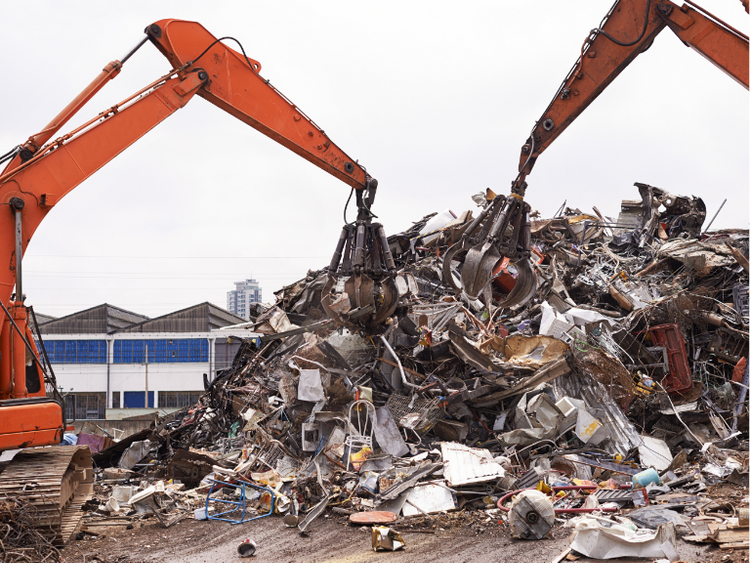Scrap Prices North America

CRU: Scrap Prices Fall as Demand Outlook Falters
Written by Aaron Kearney-Keaveny
May 18, 2023
Scrap price falls have continued, now affecting all major markets. Previously, the market weakness was due to macroeconomic concerns but is now due to weak steel demand. Turkish scrap buying has been underwhelming, while Chinese scrap consumption has been reeling back as the steel outlook turns sour.
![]() Poor Steel Demand and Production Weigh on Scrap Prices
Poor Steel Demand and Production Weigh on Scrap Prices
The CRU metallics price indicator (CRUmpi) for May fell by 6.6% month-on-month to 331.0, registering its sharpest MoM decline since July 2022. Turkish reconstruction efforts have been slow, particularly due to uncertainty over near-future policy with the general election. Buyers in other regions have been waiting to see how the market develops, with steel prices currently falling and end-use demand generally being quite poor. Worsening profitability for steelmakers across different markets amid excess supply has resulted in some companies now lowering output, which has fed through to metallics demand.
On top of this, macroeconomic concerns remain, particularly with high interest rates across major economies, tight credit availability, and fears surrounding the financial sector. Other steelmaking inputs, namely iron ore and metallurgical coal have seen recent declines and strengthened mills’ bargaining power with scrap sellers.
The declining scrap prices in Turkey have led European prices in the same direction. The former’s supply is increasing due to scrap generation from earthquake-devastated areas, while the latter’s has remained the same MoM. Weakening end-use demand has acted as the main market force influencing European scrap prices.
In the US, scrap availability has increased over the last month due to low levels of domestic buying and seasonally stronger supply. Demand weakened with mills in the Midwest undergoing maintenance while opportunities in the export market, particularly with Turkey, dried up.
In China, scrap prices are at the lowest level since November, falling at a rate that outpaced the fall in hot metal cost. EAF utilization rates have consistently fallen from the height of 62% in late March to 55%, which is also 7pp lower from the same time last year. This has been primarily due to poor margins, which reached -6% for EAF steelmakers at the time of writing, resulting from high levels of steel supply and the previously expected demand recovery never coming to fruition.
Elsewhere in Asia, seasonal supply has improved while exporters have had to turn to western markets due to the loss of interest from Turkish buyers. Simultaneously, demand has become very weak with CRU’s Asian Business Confidence survey retreating to the levels seen in November. Stocks have generally increased due to low consumption rates, further undermining price support.
Brazil is the one exception to the otherwise dreary state of the global scrap market. Scrap prices have held steady MoM, mostly because of poor margins for scrap sellers and low generation rates maintaining a floor, even as steel prices decline.
Pig Iron Prices Down but Holding Up Better Than Scrap
Pig iron prices have generally fallen, but at a slower rate than scrap, or held steady due to supply constraints. This has widened the price gap between pig iron and scrap. Pig iron purchases from Ukraine have been low because European buyers do not feel the need to stock up at the current market price while domestic consumption has increased in Ukraine due to easing input scarcity. Buyers in Europe and Asia have increased their inflow of Russian material recently despite low steel production levels due to the major discounts being offered. Supply from Brazil remains constrained with domestic pig iron prices holding for now, though the downward pressure from weak demand is likely to eventually weigh on the price.
This article was originally published by CRU on May 18.
By Aaron Kearney-Keaveny, CRU Research Analyst
Aaron Kearney-Keaveny
Read more from Aaron Kearney-KeavenyLatest in Scrap Prices North America

HRC vs. busheling spread widens again in July
The price spread between prime scrap and hot-rolled coil widened marginally again in July.

US ferrous scrap market lands flat in July
The US ferrous scrap market settled sideways in July.

HRC vs. prime scrap spread widens in June
The price spread between HRC and prime scrap widened in June.

Ferrous scrap pricing sideways in June
Ferrous scrap prices in the US have remained stable from May to June.

HRC vs. scrap spread widens over $150/ton in March
The HRC vs. prime scrap spread increased again in March.
